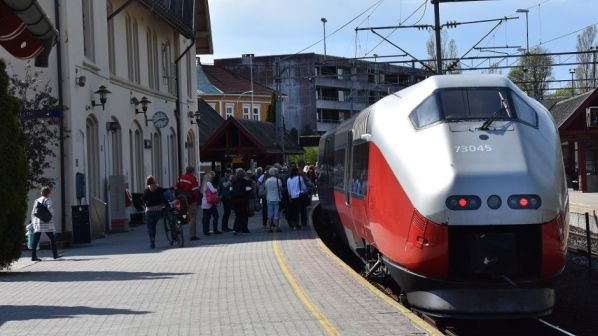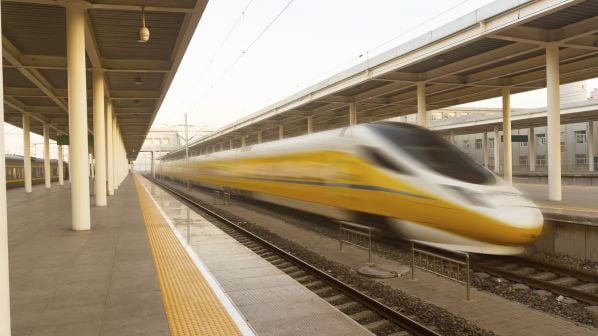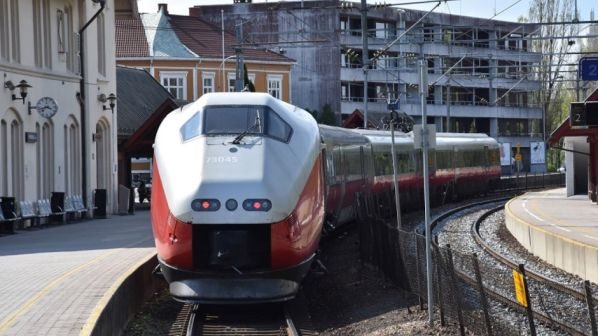THE Norwegian Railway Directorate and Trafikverket of Sweden have completed a feasibility study for increasing capacity, improving service frequency and cutting journey times by upgrading the existing route between the Norwegian capital and Gothenburg in Sweden.
The Oslo - Gothenburg study was commissioned by Norway’s Ministry of Transport and the Ministry of Infrastructure in Sweden. Taking into account projects already underway and forecast traffic growth, the partners say that the study has demonstrated that substantial benefits can be achieved by upgrading the line on both sides of the border in a logical sequence to achieve quick results.
The study outlines four concepts aimed at improving different services, together with the associated package of infrastructure work. Even if these works were not carried out at the same time, they would still deliver benefits, the study says, while stressing the importance of synchronising planning in Norway and Sweden.
The four concepts are for regional passenger services, freight, a medium level of ambition and a high level of ambition, which if executed in this order would follow a logical sequence of development. Both the regional and freight concepts would be profitable, according to the study.
The regional concept would further develop the existing cross-border passenger service by extending Oslo - Halden trains on route R20 to Gothenburg. The package of associated infrastructure measures would enable the service frequency to be increased, while cutting journey times and making the timetable more robust.
The freight concept is based on improving the competitiveness of rail in the Oslo - Gothenburg corridor by increasing train lengths and cutting transit times. Passenger services would enjoy the same benefits as provided under the regional concept, with an end-to-end journey time of 3h 24min.
The freight concept includes raising the line speed and building new and longer passing loops. The study says that these can be developed one by one to provide a gradual and growing beneficial effect. Cutting transit times is expected to help increase demand for rail freight and stimulate modal shift.
The medium level of ambition concept includes providing double track on the Haug - Seut and Sarpsborg - Klavestad sections of the line in Norway, and between Skälebol and Øxnered in Sweden.
Together with other upgrades on the remaining single-track sections, this would provide significantly increased capacity for both freight and passenger trains. It would also make it possible to accelerate long-distance passenger trains, operating alongside regional services.
The high level of ambition concept would see double track provided over the total distance between Oslo and Gothenburg, which would provide major benefits in terms of increased capacity and journey time savings for both freight and passenger traffic.
Nevertheless, Trafikverket and the Norwegian Railway Directorate have concluded that the most important double-track sections are those that would be provided under the medium level of ambition concept.
The Oslo - Gothenburg feasibility study also points to the importance of close cooperation between Sweden and Norway in order to realise the full benefits of the measures proposed. It says that further work should be undertaken in this way, and that cooperation on cross-border routes should also be strengthened.
For detailed data on infrastructure projects across Europe, subscribe to IRJ Pro.




